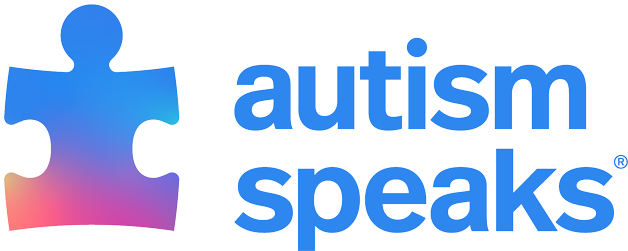Understanding Social Security benefits and employment
Know how to keep your benefits while you work
Some people with autism choose not to work because they are worried about losing their benefits, like Social Security Income (SSI). The video and information below can help you make your decision.
How can I keep my Social Security benefits and work?
Here are some examples of “work incentives” that you can consider:
- Ticket to Work (TTW): The TTW Program can connect you with free employment services to help you decide if working is right for you, prepare for work, find a job or keep your job. It is a free and voluntary service. If you choose to participate, you can receive services such as career counseling, vocational rehabilitation, and job placement and training from Ticket to Work service providers.
- Impairment-Related Work Expenses (IRWE): The benefit limit is how much money you can earn and still get full Social Security benefits. When looking at how much money you earn and how close you are to the limit, Social Security can decide to subtract the amount you pay for certain things. These are items that you must have to work and are related to your disability, such as the cost of transportation services and medical devices. This means that you could be able to earn more money without going over the limit.
- Plan to Achieve Self-Support (PASS): A PASS allows you to set aside money that you will use to achieve a work goal. These expenses could include start-up funding for a new business, training or education you need, transportation, etc. Social Security does not count the income you set aside when they decide how much money you will receive in SSI benefits. So, you could earn more and keep your benefits.
- Expedited Reinstatement (EXR): If you earn enough money at a job that it causes you to lose your SSI benefits, that’s great! But if you then lose that job for some reason or start earning less, you may be able to have your benefits started again right away. You would need to ask for “Expedited Reinstatement.” You must apply within five years of losing your benefits due to gainful employment.
What is the Medicaid Buy-In program?
If you earn enough money that you do not qualify for Medicaid in your state, this program allows workers with disabilities to “buy into” Medicaid coverage. This allows you to earn more money without the risk of losing important healthcare coverage.
Is there someone who can help me understand my options?
Yes! There are several free resources available to help you through this process:
Work Incentives Planning and Assistance (WIPA) Programs, provide you with Community Work Incentive Coordinators (CWICs). CWICs are benefits counselors who are trained and certified by Social Security to help you make informed choices about work.
CWICs can help make sure you have the right information for success. They will help you:
- understand how your earnings impact all the benefits you receive
- know which Social Security Work Incentives you’re entitled to
- make a successful transition to financial independence
Call 1-866-968-7842 or click here to learn more about Work Incentives Planning and Assistance.
Protection and Advocacy for Beneficiaries of Social Security (PABSS) organizations offer free legal help and advocacy assistance during your search for employment. They can advise you on challenges you might face such as:
- requesting job accommodations
- protecting your rights to housing and transportation to and from work
- accessing services from community organizations
- understanding conditions of your employment
Call 1-866-968-7842 or click here to learn more about Protection & Advocacy for Beneficiaries of Social Security.
Work Incentives Seminar Events (WISE) offer a good way to learn more about Work Incentives and the Ticket to Work program. These are free, accessible online webinars for you and your family. You can register online here or call 866-968-7842. Past webinars are available in the WISE webinar archives.
You can also learn more about Work Incentives in Social Security's Red Book!








